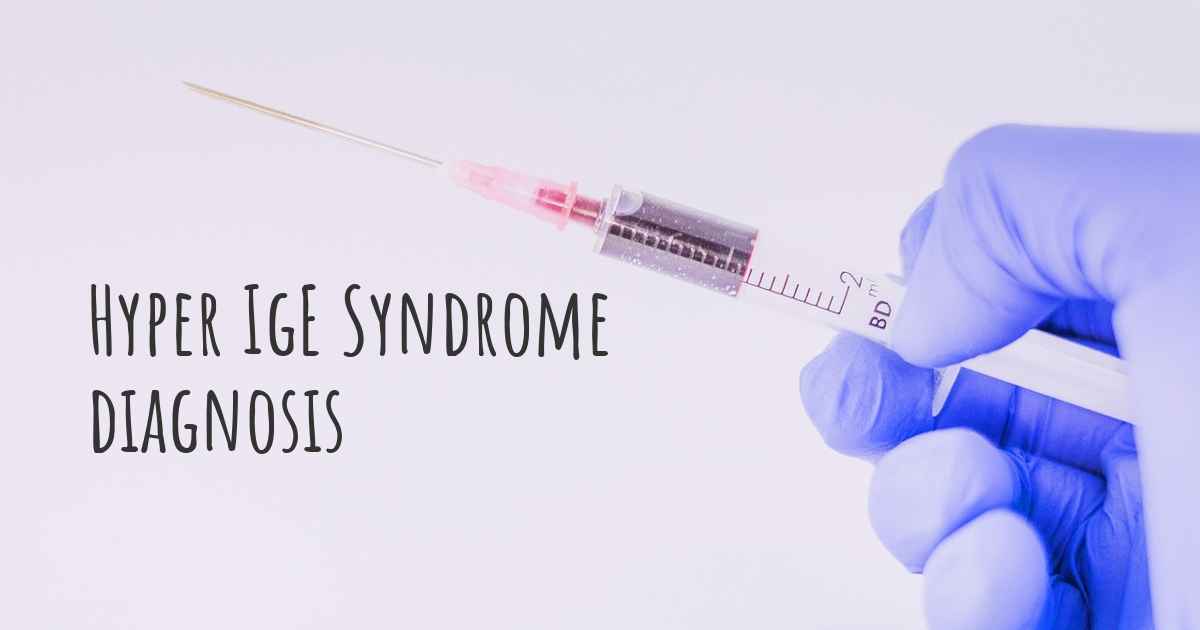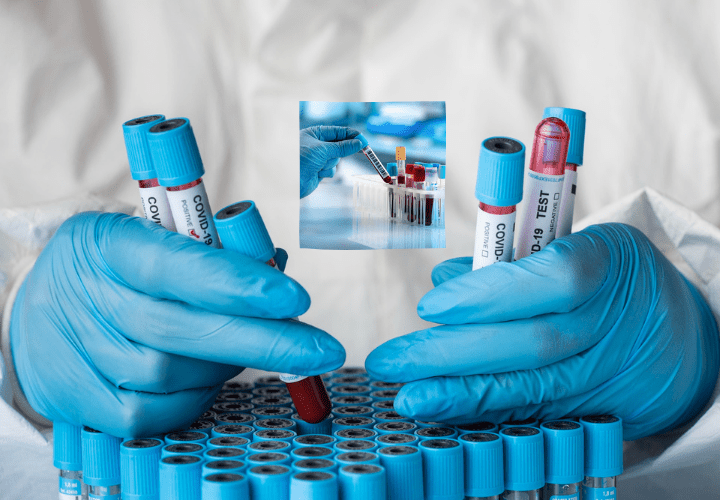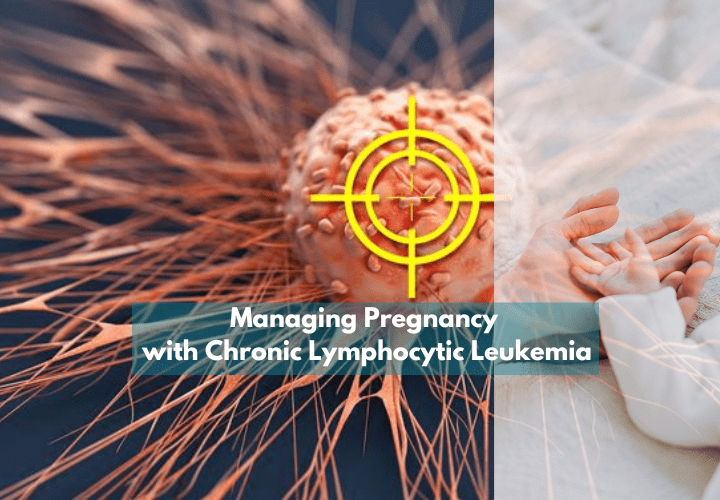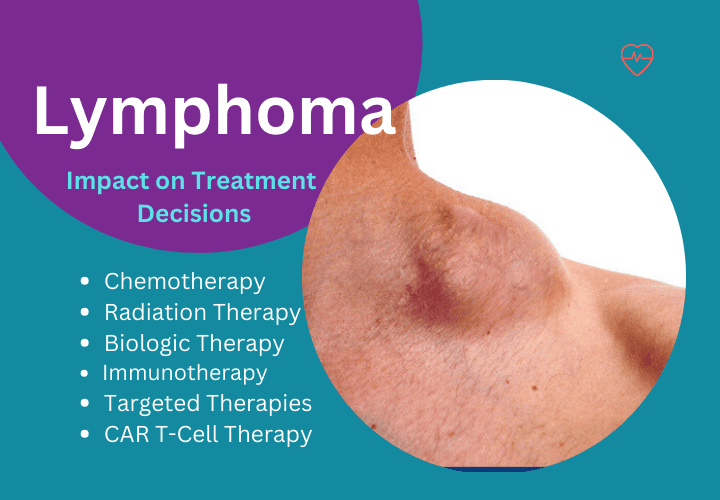A Unique Case of Hyper IGE Syndrome

A Unique Case of Hyper IGE Syndrome
- onco
- August 16, 2022
Hyper IGE Syndrome is an unusual condition affecting the body’s immune system. This condition’s causes are still unknown, but researchers are studying genetic factors and viral infections that could be related to it. Hyper IGE syndrome can cause many symptoms, including rash, abdominal pain, joint pain, eczema and more severe problems like breathing or even death. This condition affects each person differently, and to get the proper treatment, you must consult your doctor as soon as possible if you think you have this condition.
Symptoms and Diagnosis
Hyper IGE Syndrome (HIES) is a rare primary immunodeficiency disease characterized by extremely high levels of immunoglobulin E (IGE) in the blood, recurrent skin and sinus infections, and eczema. HIES is caused by mutations in the STAT3 gene, which is essential for the development and function of immune cells. The most common symptom of HIES is recurrent skin infections, which can lead to eczema.
Symptoms usually begin during infancy or early childhood and worsen over time. Symptoms typically include redness, heat, pus-filled blisters, and oozing lesions on any body part. Sinus infections are also prevalent in patients with HIES due to decreased ability to fight off invaders because of decreased neutrophils and impaired production of cytokines that help fight infection.
Patients with this condition are also more susceptible to fungal and viral infections such as chickenpox or shingles. Diagnosis involves testing a patient’s white blood cell count, peripheral smear, and total serum IGE level. Treatment includes administration of antibiotics when indicated and monitoring the person’s health status closely.
Prevention and Management
To prevent and manage Hyper IGE Syndrome, it is essential to avoid triggers, such as infections, that can worsen symptoms. It is also necessary to identify early signs and symptoms so that treatment can be initiated as soon as possible. Treatment typically includes immunotherapy and/or medication.
In some cases, a bone marrow transplant may be necessary. The kidney function should be monitored closely with periodic blood tests if the patient has kidney disease. If the person has any other medical conditions or allergies, they should always follow their doctor’s instructions for medical care and avoidance of potential triggers.
The management plan for hyper IGE syndrome will depend on what types of complications have been diagnosed. Most people will require life-long therapy to control the disorder. People with persistent anaemia and granulocytopenia will need red blood cell transfusions, platelet transfusions, and antibiotics to help prevent their illness.
Symptoms are usually managed by drugs (such as corticosteroids) or changes in diet (avoiding certain foods). It is unclear how common this condition is, but there have been approximately 150 documented cases worldwide since its discovery in 1968.
Risk Factors and Prognosis
Hyper IGE Syndrome (HIES) is a rare primary immunodeficiency disorder characterized by high levels of serum IGE, recurrent skin and pulmonary infections, and eosinophilia. Although the exact cause of HIES is unknown, it is believed to be caused by a defect in the TH2 pathway.
Treatment for HIES typically includes aggressive antibiotic therapy, immunoglobulin replacement therapy, and avoidance of known triggers. The prognosis for patients with HIES varies depending on severity. Patients with a life-threatening infection or uncontrolled eosinophilia are often treated as medical emergencies.
The severe form of HIES can lead to an early death, but most patients survive into adulthood. The prognosis depends on the severity of symptoms, but most people who receive appropriate treatment respond well.
Conclusion
After carefully reviewing the literature and our patient’s clinical course, we believe this is a unique case of hyper IGE syndrome. This patient’s phenotype resembles that of Job’s syndrome, with similar findings on skin biopsy but without the recurrent staphylococcal infections or characteristic eosinophilia.
Recent Posts
-
Managing Pregnancy with Chronic Lymphocytic Leukemia
April 30, 2024
-
Signs of Stomach Cancer: Diagnosis and Treatment
April 18, 2024





Leave a Reply